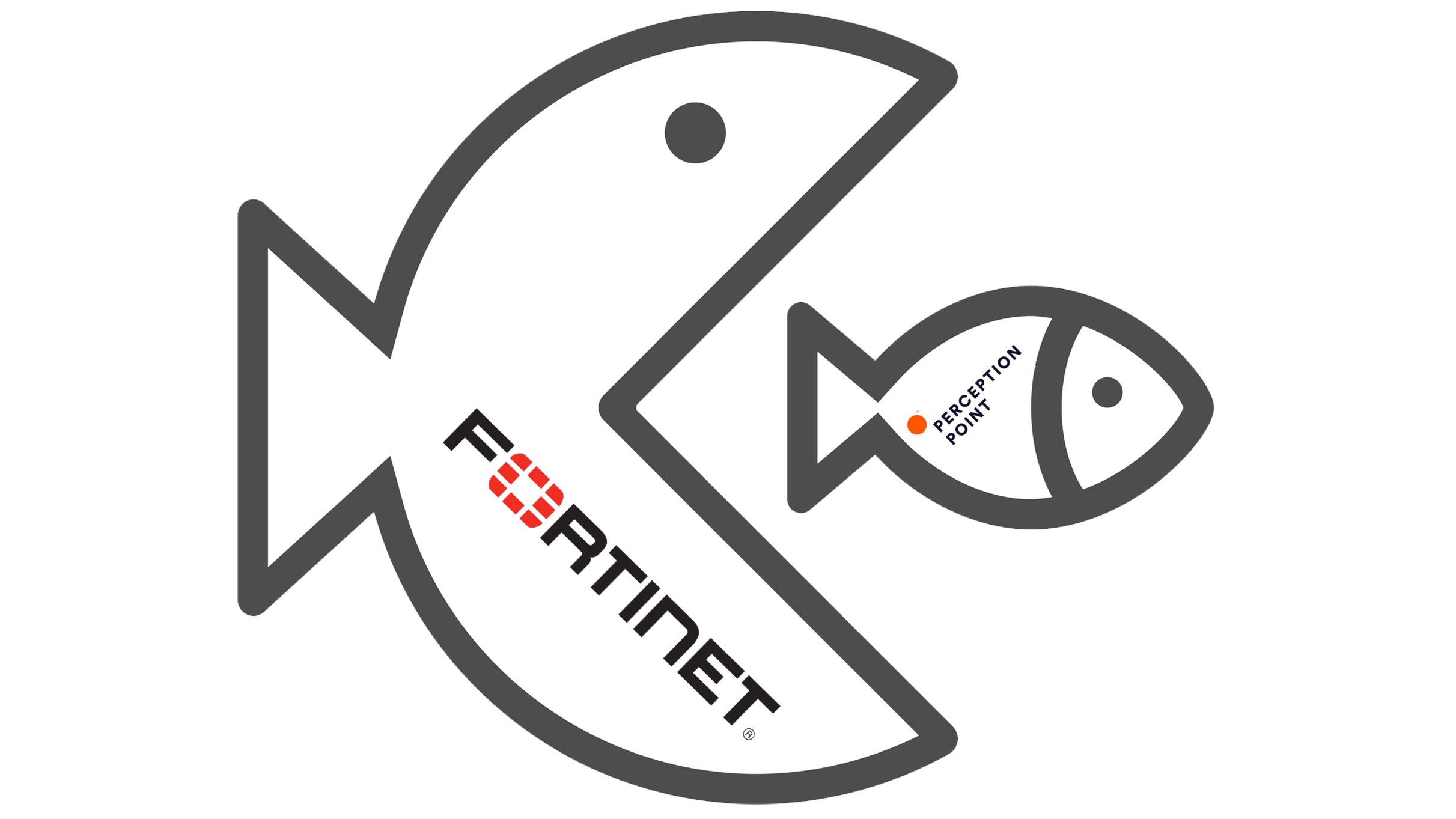The Dell Inc. unit of Round Rock, Texas-based Dell Technologies has shipped four products designed to make deploying and managing virtual desktop infrastructure solutions both simpler and more affordable for SMBs.
Collectively, the new offerings cover the core elements of a VDI implementation, from backend infrastructure and client operating system to client end points and management software.
The infrastructure element is a new hyperconverged appliance called the Dell EMC XC Xpress for VDI. Due to reach market on July 20th and tailored to organizations with 100 to 500 users, it will list for approximately $25,000. That’s about 30 percent less than Dell EMC’s larger XC appliance, which is designed to support up to tens of thousands of virtual desktops.
“We got a lot of requests from our channel to build a version of that device that was more squarely aimed at the kind of business they do,” says Jeff McNaught, vice president of cloud client computing at Dell.
The XC Xpress for VDI is a 1U, rack-mount form factor with three compute nodes, to maintain high availability through automatic failover. Buyers can add an optional fourth node as well. The product comes with pre-installed Nutanix hyperconverged infrastructure software, a web-based management application, and both hypervisor and brokering technology from Citrix Systems Inc., Microsoft Corp., or VMware Inc. The end result, according to McNaught, is a product that channel pros can roll out quickly and easily.
“You can take the device out of the box, plug it into the server, connect it to power, connect it to networking, turn it on, and within about three hours you’ve got a whole slew of virtual desktops,” he says.
The new end point unveiled today is a mobile thin client called the Dell Latitude 3480.
“It looks exactly like a Latitude laptop because it’s built from Latitude laptop hardware,” McNaught says. “We just changed the software layer.”
That stripped-down software layer includes a write-protected file system that prevents users from saving data to the device, which both strengthens security and enables multiple employees to share a single unit, during different shifts for example.
Equipped with Microsoft’s Windows 10 IoT Enterprise operating system, the Latitude 3480 features dual core Intel processors, 8 GB of DDR4 RAM, onboard wireless networking, and a 14-inch full high-definition display. Supported virtual desktop brokers include Citrix XenDesktop, Microsoft Remote Desktop Services, and VMware Horizon. There are also RJ45, HDMI, and VGA ports, two USB 3.1 ports, a single USB 2.0 port, and a USB-C port.
“You’re sort of future-proofed there,” McNaught says.
Scheduled to ship on July 19th, the new device lists at $799. It follows an entry-level, quad-core thin client device that Dell released in March and two earlier Latitude mobile thin clients shipped last September.
Also announced today is the new 8.4 release of Dell’s ThinOS thin client operating system. Significant enhancements include support for VMware’s high-performance Blast Extreme display protocol. Introduced last March, Blast Extreme is engineered for reduced CPU utilization and therefore longer battery life than the older PCoIP protocol.
ThinOS 8.4 also supports Citrix HDX RealTime Optimization Pack 2.2, a version of the HDX RealTime media engine designed to improve the performance of audio-visual systems and VoIP solutions like Microsoft Skype for Business.
Other added features include support for 4K video output and multimedia redirection for HTML 5, Real Time Streaming Protocol, HTTP Live Streaming, and HTTP Independent Computing Architecture content. Security upgrades include firmware signature verification functionality and a new self-serve password reset feature.
ThinOS 8.4 is available now on new Dell Wyse thin clients. Existing Dell Wyse customers with a maintenance contract can download and install the new operating system as well.
The final component of today’s VDI product wave is a client administration platform named Wyse Management Suite. Officially launched last month, Wyse Management Suite is designed to serve as a consolidated, single pane of glass replacement for the earlier Wyse Device Manager and Wyse Cloud Client Manager systems. It offers two-factor authentication, Microsoft Active Directory integration, role-based administrative privileges, and 24/7 phone and online support, as well as mobile apps for smartphones and tablets.
“In the middle of the night, if something were to go down, the IT person can be alerted on their smartphone and, using our app, can see exactly what went wrong [and] in many cases fix it without ever having to get out of bed,” McNaught says.
There are two editions of the new product, both shipping immediately. Available free of charge, the Standard SKU is an on-premises solution designed for environments with up to 10,000 end points. The Pro edition is a subscription-based version of the system priced at $20 per seat per year that can be deployed onsite, in the cloud, or both.
Significantly, Wyse Management Suite Pro is a multi-tenant application that channel pros can use to support multiple end customers through a single interface.
“The channel can use it as part of a managed service,” McNaught observes.
Dell’s latest VDI push comes as businesses eager for the security, mobility, and administrative efficiency advantages of VDI are slowly, finally beginning to put virtual desktops into production after years of speculation and hype.
“As the workforce is transforming and people want to work from different places and across different networks, many companies are seeing that it’s time to take another look at VDI,” McNaught says.
The global VDI market will grow at a more than 11 percent CAGR though 2021, according to analyst firm Technavio.













